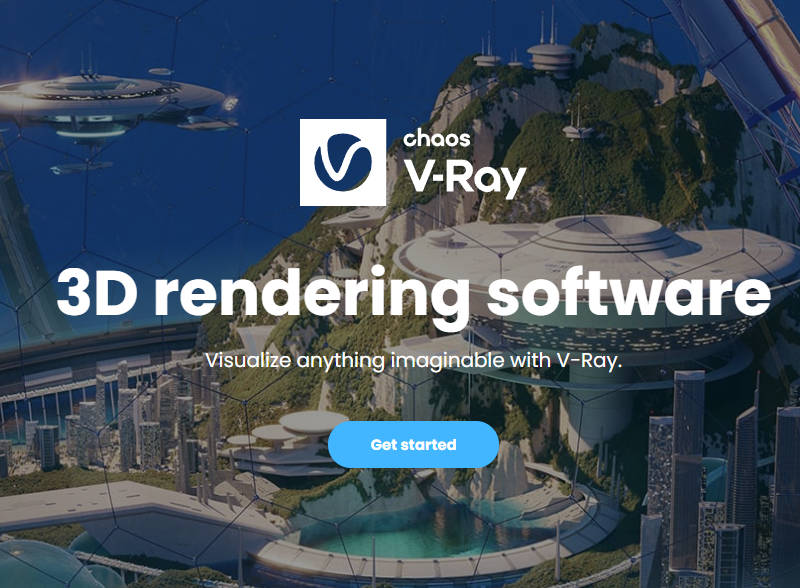V-Ray Shadows and V-Ray Shadow Maps are two different concepts playing distinct roles in V-Ray rendering. Here's the difference between them:

V-Ray Shadows
VRay Shadows refer to the direct and indirect shadows generated by light sources during rendering. These shadows are computed during the rendering process based on the position, intensity, and other properties of the light sources. VRay Shadows include various types of shadows from different light sources, such as point lights, spotlights, area lights, etc. They directly affect the illumination of objects in the scene and are an integral part of the rendered result.
Features
Direct and indirect shadows
Influenced by light source properties and scene geometry
Dynamically generated during rendering
V-Ray Shadow Maps
In contrast to V-Ray Shadows, V-Ray Shadow Maps are precomputed texture maps used to simulate shadows cast by light sources. These maps contain shadow information generated for specific directions and intensities of light sources in the scene. Typically, these maps can be applied to specific geometry to simulate the shadow effects produced by real light sources.
Features
Precomputed texture maps
Can be generated before rendering
Used to simulate shadows cast by light sources, with relatively static effects
Summary
Generation: V-Ray Shadows are dynamically computed during rendering, while V-Ray Shadow Maps are precomputed texture maps.
Dynamic Nature: V-Ray Shadows are influenced by light sources and scene geometry, dynamically changing during rendering, whereas V-Ray Shadow Maps are static.
Usage Scenarios: V-Ray Shadow Maps are suitable for specific scenarios where static shadow effects are needed, while V-Ray Shadows are used for rendering various types of dynamic shadows cast by light sources.
V-Ray Shadow Map use a map to realize shadows, usually used for outdoor buildings.VRay shadows are not represented by a map, it is softer and usually used for indoor representation.
